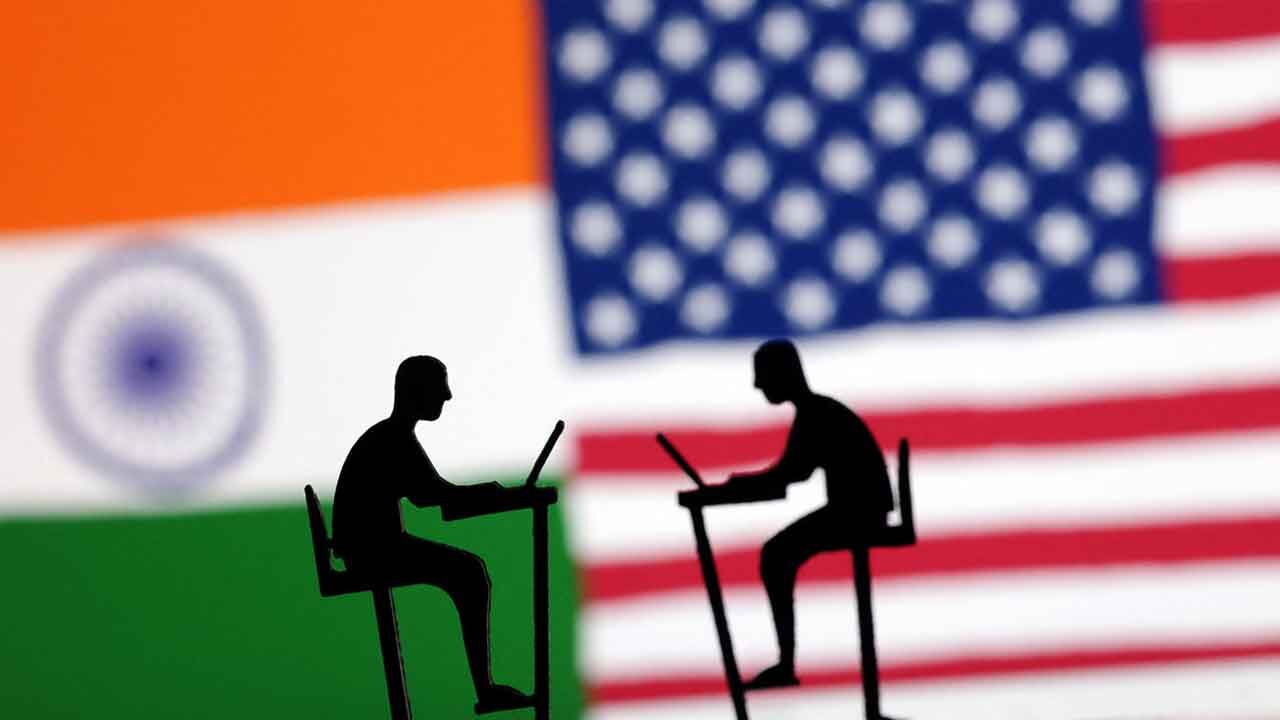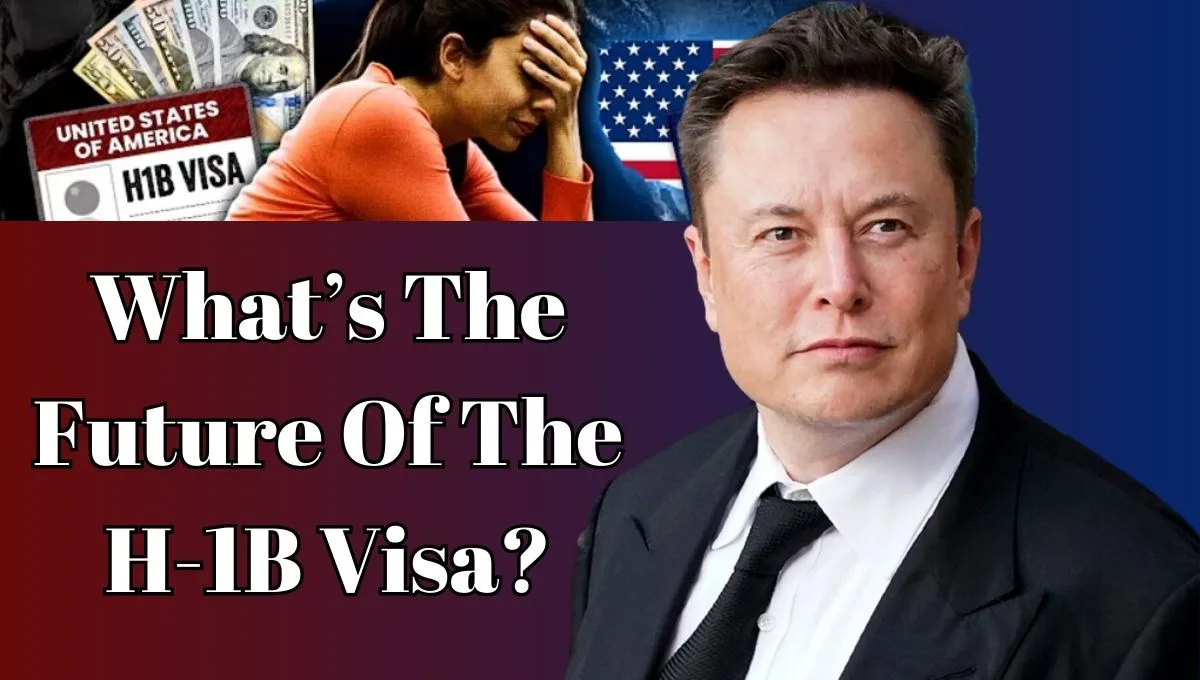




As Donald Trump reclaims the White House, the implications of his administration's stricter H-1B visa policies loom large over the Indian economy. The H-1B visa program, which has been a lifeline for the Indian IT sector, is under scrutiny, with potential changes that could reshape both U.S. and Indian economic landscapes [4f2c0361]. With over 74% of H-1B visas approved in FY2022 going to Indian nationals, any tightening of these restrictions could significantly impact the Indian IT industry's ability to access skilled labor [2dfcff36].
The anticipated changes may lead to reduced access to U.S.-based contracts and tech revenues for Indian firms, which could, in turn, increase local hiring costs in the U.S. and operational costs for Indian companies operating there [4f2c0361]. This scenario raises concerns about decreased personal income tax collections and foreign exchange inflows into India, as fewer Indian professionals may be able to work in the U.S. [4f2c0361].
In response to these challenges, Indian firms may need to pivot their strategies, targeting new markets and promoting India-based delivery models to sustain growth [4f2c0361]. The upcoming Budget 2025 is expected to play a crucial role in mitigating these impacts, with a focus on fostering innovation and exploring growth opportunities within India [4f2c0361].
The H-1B program has been vital for innovation in the U.S. tech sector, and while MAGA supporters have criticized the influx of Indian professionals, many industry leaders argue that these workers are essential for maintaining U.S. competitiveness [2dfcff36]. As the Indian government considers its options, including the possibility of imposing heavy import taxes on American tech giants, the narrative surrounding the H-1B visa program continues to evolve [2dfcff36].
Moreover, with Trump's second term set to begin on January 23, 2025, the renewed focus on immigration policies could further complicate the situation for the Indian IT sector, especially if new rules deny citizenship to children of H-1B and F-1 visa holders [948e8113]. Advocates for the H-1B program emphasize its importance for job creation and economic growth in both countries, highlighting the need for a balanced approach that considers the contributions of foreign workers while protecting domestic jobs [e508b644].
As the Indian IT industry braces for these potential changes, it is crucial to underscore its positive impact on the U.S. economy and the importance of skilled foreign labor in driving innovation and growth [948e8113]. The ongoing debate surrounding the H-1B visa program reflects broader economic and political dynamics that will shape the future of both nations [1fad0249].